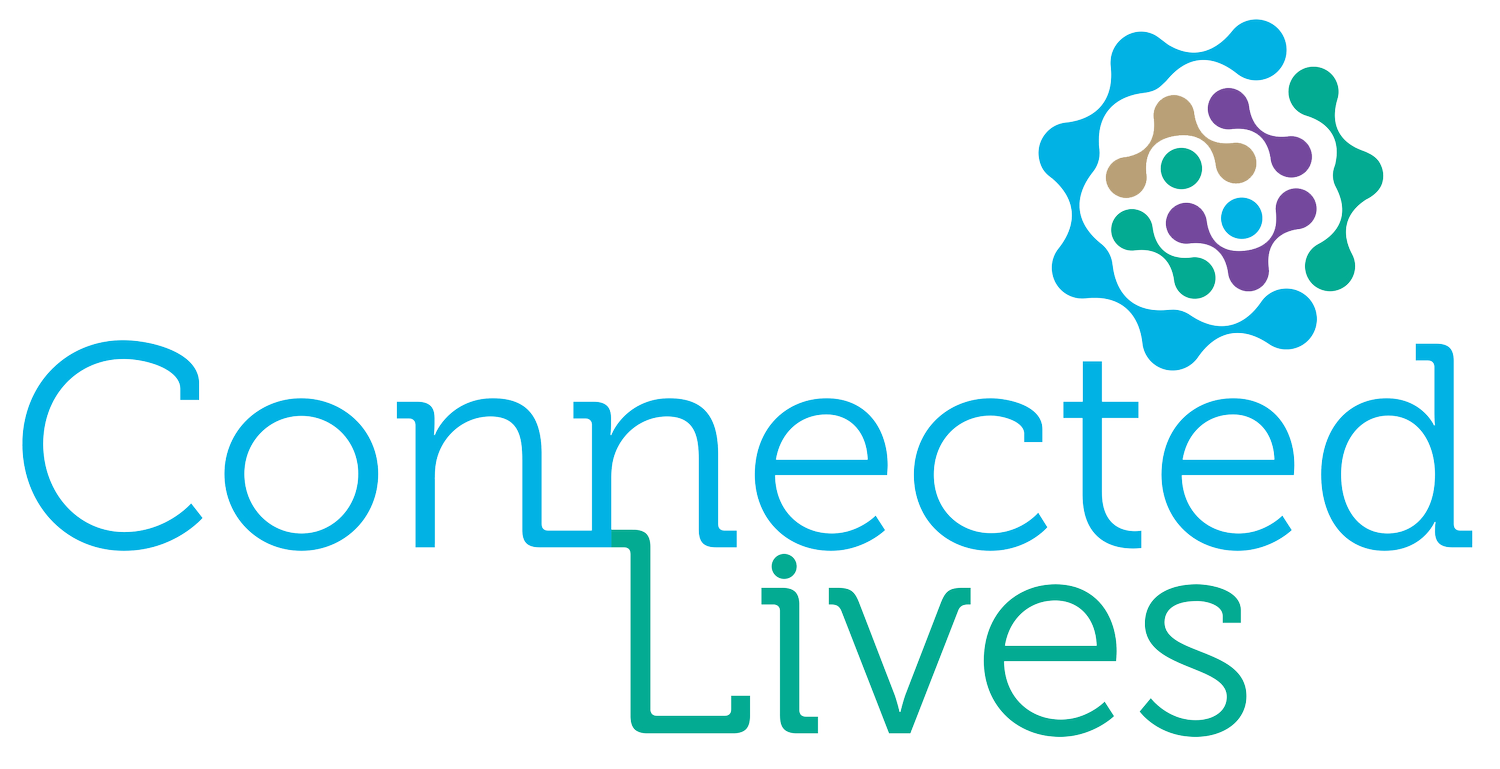Telling our story: one piece at a time
“Helen, what makes being-with so difficult?”
What a brilliant question and one I hope we can reflect on in this and future blogs.
This was the opening question Magda asked me as we met to share stories of her recent time in Poland. Over the next few weeks, I hope to share some thoughts about being-with, in the context of Magda’s experiences and what we know from attachment theory and trauma-informed work.
The first story I would like to share is a small but significant interaction Magda had with a little boy at a makeshift children’s camp where she was a volunteer. These are Magda’s words:
“Towards the end of the session, one of the three-year-old’s got sleepy and rested his head on my knees. He was daydreaming and suddenly said, “they bombed Granny Anna’s house, her house is gone.”
What powerful words! Magda felt she was able to do so little in the few days she was volunteering and said she felt helpless in the face of so much distress. Indeed, to hear such stories is overwhelming. Yet when I heard this boy’s ability to share something of his experience with Magda my heart warmed, and I was reminded of the book ‘What happened to you? Conversations on trauma, resilience, and healing’ by Bruce Perry and Oprah Winfrey. In the book, Perry and Winfrey engage in a series of conversations about how to understand trauma, shifting from the question, ‘What is wrong with you?’ to perhaps a healthier question that approaches a person with humanity: ‘What happened to you?’
In their discussion Perry talks about the idea of brief ‘doses’ of positive interactions for those with traumatic memories and how these cannot be over-estimated. This means that a child with a troublesome memory, like this little boy lying on Magda’s lap, may only be able to tolerate for a brief time talking about what happened to them, before moving on to doing something else.
I believe such a moment of being-with – of paying attention and being in the present moment - is not exclusive to stories like the one above but are open to all of us in our everyday interactions. Maybe it’s a comment our child makes as they return home from school. Perhaps it’s a story one parent shares with another parent at a playgroup.
I recently had a short conversation with the checkout assistant at a supermarket which for me was just the right ‘dose’ to help me with my own story. I had gone in to buy some large oranges. This is how the conversation went at the till:
Assistant: “Those oranges smell amazing.”
Me: “They do don’t they, you can even smell them through your face mask.”
Assistant: “Yes I love oranges, but I can’t be bothered to peel them they are such a faff! I wish I had someone to do it for me.”
Me: “I know what you mean. When I was a child, my mum always peeled them for me. Now I am a grown-up I peel them for my children, and I don’t have anyone to do this for me.”
This conversation might sound insignificant yet recalling a memory of my mum peeling an orange brought back warm memories of someone being there for me and showing me care. This shop assistant was able to be-with me; to pay me close attention. A moment of healing.
I know this might sound trivial, inconsequential, yet I believe we can do this for one another as we take the time to listen and to be fully present.
Just as Magda did for this little boy.
May we all catch these moments to be-with one another.
If you would like to find out more about ‘being-with’ sign up here to join a Circle of Security Parenting group in the Autumn.
Helen Bell
